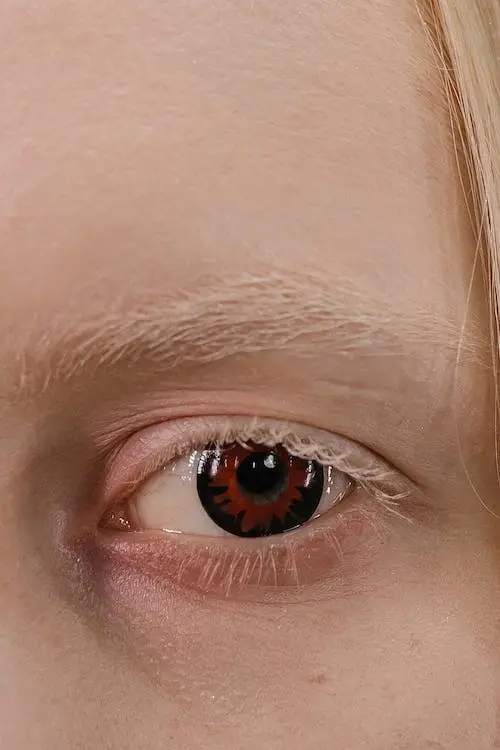Body language is a powerful nonverbal form of communication that can reveal a lot about a person’s true feelings and intentions.
When someone is lying, their body often subconsciously gives away cues that can help us identify their dishonesty.
In this article, we will explore seven key signs of lying through body language. By understanding these signs, you can enhance your ability to detect deception and gain insights into people’s true thoughts and emotions.
Avoiding Eye Contact

One of the most common signs of lying is avoiding direct eye contact. Liars often find it challenging to maintain steady eye contact due to a subconscious fear of being caught in their deceit.
Instead, they may avert their gaze or glance away frequently. Pay attention to sudden shifts in eye movement or an unusually prolonged avoidance of eye contact during a conversation, as these can indicate potential deception.
Inconsistent Facial Expressions

Facial expressions can be telling when it comes to detecting lies. While it is normal for expressions to change depending on emotions, liars often exhibit inconsistencies between their words and facial cues.
For instance, a person claiming happiness but displaying signs of anxiety or distress through facial microexpressions might be concealing the truth.
Look for fleeting expressions that don’t match the overall tone of the conversation to spot potential deceit.
Excessive Nervousness and Fidgeting
Lying can induce anxiety, leading to nervous behaviors and excessive fidgeting. When someone is lying, they might display restlessness by tapping their fingers, bouncing their legs, or constantly shifting their weight.
These physical manifestations of discomfort can be indicators of dishonesty. Pay attention to these nervous gestures in combination with other signs to form a more accurate judgment about the person’s truthfulness.
Inconsistent Body Movements

When someone is lying, their body movements may contradict their verbal statements. For instance, if a person nods while saying “no” or shakes their head while saying “yes,” it raises suspicion.
Inconsistent body language can include crossed arms, fidgety hands, or a defensive posture. Look for contradictions between what the person is saying and how their body is reacting to identify potential deceit.
Microexpressions
Microexpressions are fleeting facial expressions that occur involuntarily and can reveal concealed emotions. These microexpressions last for just a fraction of a second and are often difficult to detect.
However, with practice, one can learn to identify microexpressions associated with lying, such as brief flashes of fear, contempt, or sadness.
By honing your skills in recognizing microexpressions, you can enhance your ability to spot deception.
Exaggerated Gestures or Lack Thereof
Liars may attempt to compensate for their deception by either exaggerating their gestures or becoming unusually still and rigid.
Overcompensation through exaggerated gestures, such as grand arm movements or excessive hand gestures, can be a sign of deception.
On the other hand, a sudden decrease in natural gestures and body movements may indicate that the person is consciously trying to control their body language. Both extremes can be indicators of potential dishonesty.
Vocal Cues and Inconsistencies
While body language is crucial in detecting lies, vocal cues can also provide valuable insights. Pay attention to changes in pitch, tone, or speech rate, as they can indicate nervousness or discomfort.
Additionally, inconsistencies between verbal and nonverbal cues, such as a mismatch between the tone of voice and facial expression, can suggest deceit.
Analyzing both body language and vocal cues in conjunction will help you build a more comprehensive understanding of the person’s truthfulness.
Conclusion
Being able to decipher signs of lying through body language is a valuable skill that can enhance your interpersonal communication and decision-making abilities.
Remember that no single cue guarantees deception, but a cluster of these signs can provide strong indications of dishonesty.
By developing your observation skills and studying these seven signs—avoiding eye contact, inconsistent facial expressions, excessive nervousness and fidgeting,
inconsistent body movements, microexpressions, exaggerated gestures or lack thereof, and vocal cues—you will be better equipped to uncover the truth in various personal and professional interactions.

